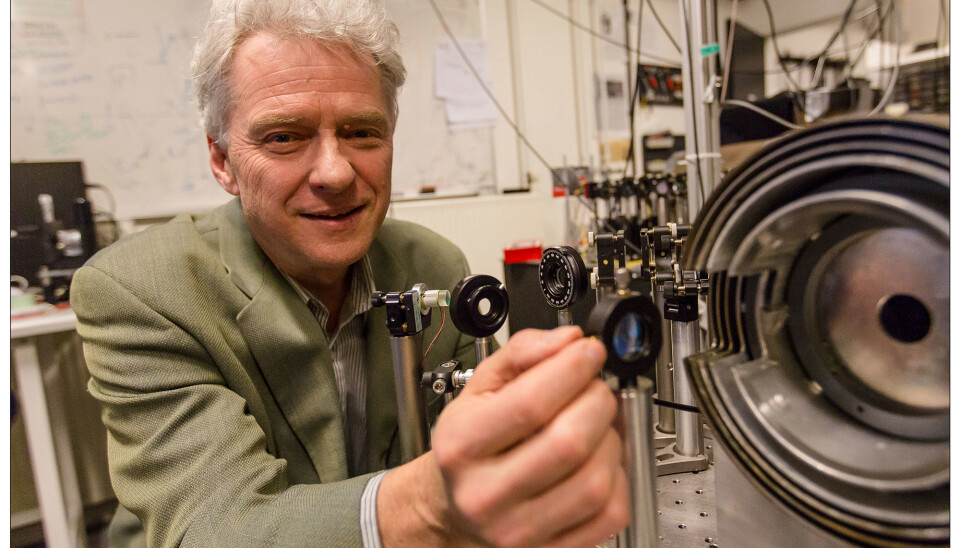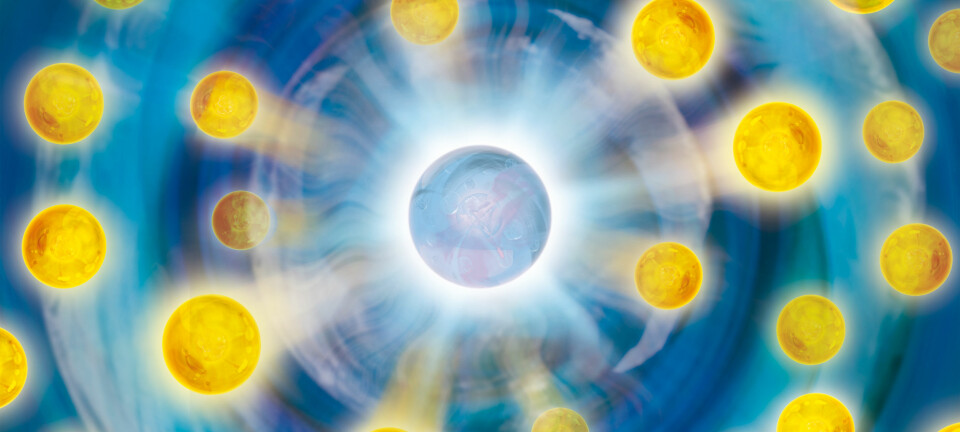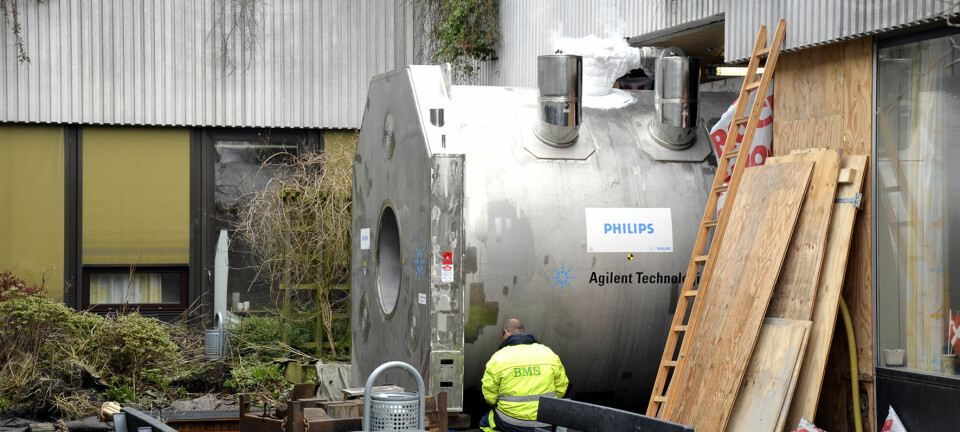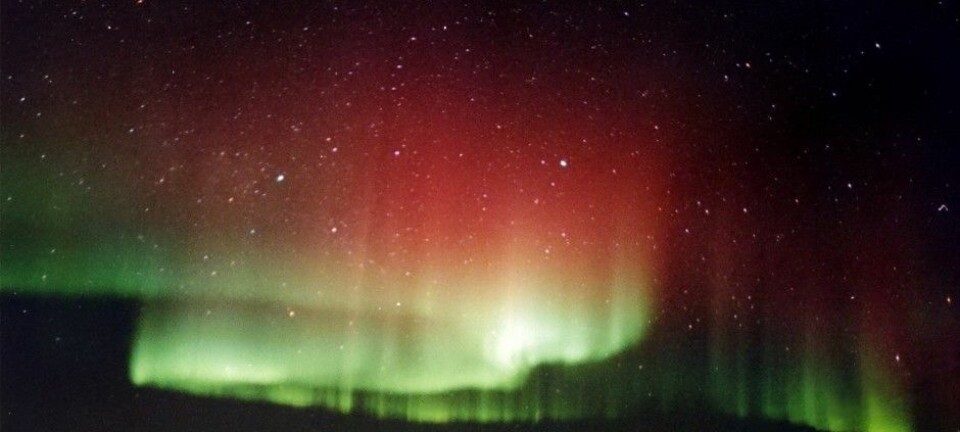
Physicist uses nuclear cloud to measure magnetic fields with incredible precision
Tiny cloud of caesium atoms can be used as an incredibly sensitive sensor which can measure the magnetic fields of nerve signals.
In the quantum optical laboratory in the basement of the Niels Bohr Institute at the University of Copenhagen you will find a tiny glass tube which is only 10 mm long and 0.3 mm in diameter. The glass tube contains a cloud of caesium atoms -- about a hundred million of them.
All the atoms rotate around their own axis in the same way and together they can function as a sensor capable of measuring incredibly small deals with tremendous precision.
The atoms behave like small magnetic spinning tops. When affected by a magnetic field the axis of rotation is changed, and it is this change which scientists are now able to measure incredibly precisely.
This isn't quite as easy as it sounds, because in the world of atoms, quantum physics applies, and this sets limits to the precision of the measurements that can be made. The laws of nature quite simply limit how much we can discover about nature's tiniest components.
You cannot avoid upsetting the system when measuring something, so it usually such that the more you measure, the less accurate your measurements will be.
These quantum laws cannot be broken so it is a question of finding cunning methods to circumvent them and to measure as precise as possible. This is precisely what the scientists from the Niels Bohr Institute have done. They are now able to make measurements with greater sensitivity than is usually possible within the limits of quantum physics.
The trick is to measure in one direction
Physicists have found out how you can measure the atoms repeatedly without impacting the precision of the measurement although this means limiting the measurements of spin-direction of the atoms to just one direction.
For this reason they can only be used to measure the part of a magnetic field which points in a specific direction, although this can be done with immense precision.
The experimental results have been presented in an article in the Journal Nature Physics, and the co-author, Professor Eugene Polzik from the Niels Bohr Institute, explains:
"We can get all the atoms into line so that they’ll face in the same direction. But there’s still some quantum uncertainty on the direction," says Polzik. "We'd like to reduce that uncertainty. We can't do this in every direction, but that's okay if what I'm most interested in making precise measurements in one of the directions, let's say north-south."
"When we measure the north-south direction we upset the system. We get information as to how the spin of the atoms is oriented in the north-south direction but this is at the expense of knowledge about the orientation in the east-west direction," he says.
Made possible by special surface treatment
The experiments are done at ordinary room temperature, which means that the atoms are travelling very fast and constantly bumping into the sides of the glass tube.
Collisions of this kind would normally result in the atoms changing their direction of spin, but this is not the case here. The physicists have developed a technology to give the inside of the glass a special surface treatment so that the atoms do not change their direction of spin when they hit the sides.
The direction of spin remains the same, and with the help of laser pulses, the direction can be measured extremely precisely.
"This is a cunning way of getting round the limits of quantum physics," says Nikolaj Zinner, an assistant Professor at the Department of Physics and Astronomy at Aarhus University.
He finds it extremely impressive that the scientists behind the new study have succeeded in making the measurements at room temperature.
Room temperature is a tremendous advantage
It is often necessary cool sensors to a few degrees above absolute zero for them to be sensitive enough. Cooling the sensors is cumbersome and expensive, so it is an enormous advantage that this sensor works at room temperature, explains Zinner.
Polzik hopes that the new type of sensor can be used for medical scanning, and in the laboratory, physicists are already conducting experiments in collaboration with doctors from the faculty of health and medical sciences at University of Copenhagen.
They are measuring the weak magnetic fields produced by nerve cells.
In addition to medical uses, Zinner envisages that the new type of sensor can be used by geologists to give a more precise picture of what is below ground on the basis of small magnetic field variations.
----------------
Read the original story in Danish on Videnskab.dk
Translated by: Hugh Matthews











